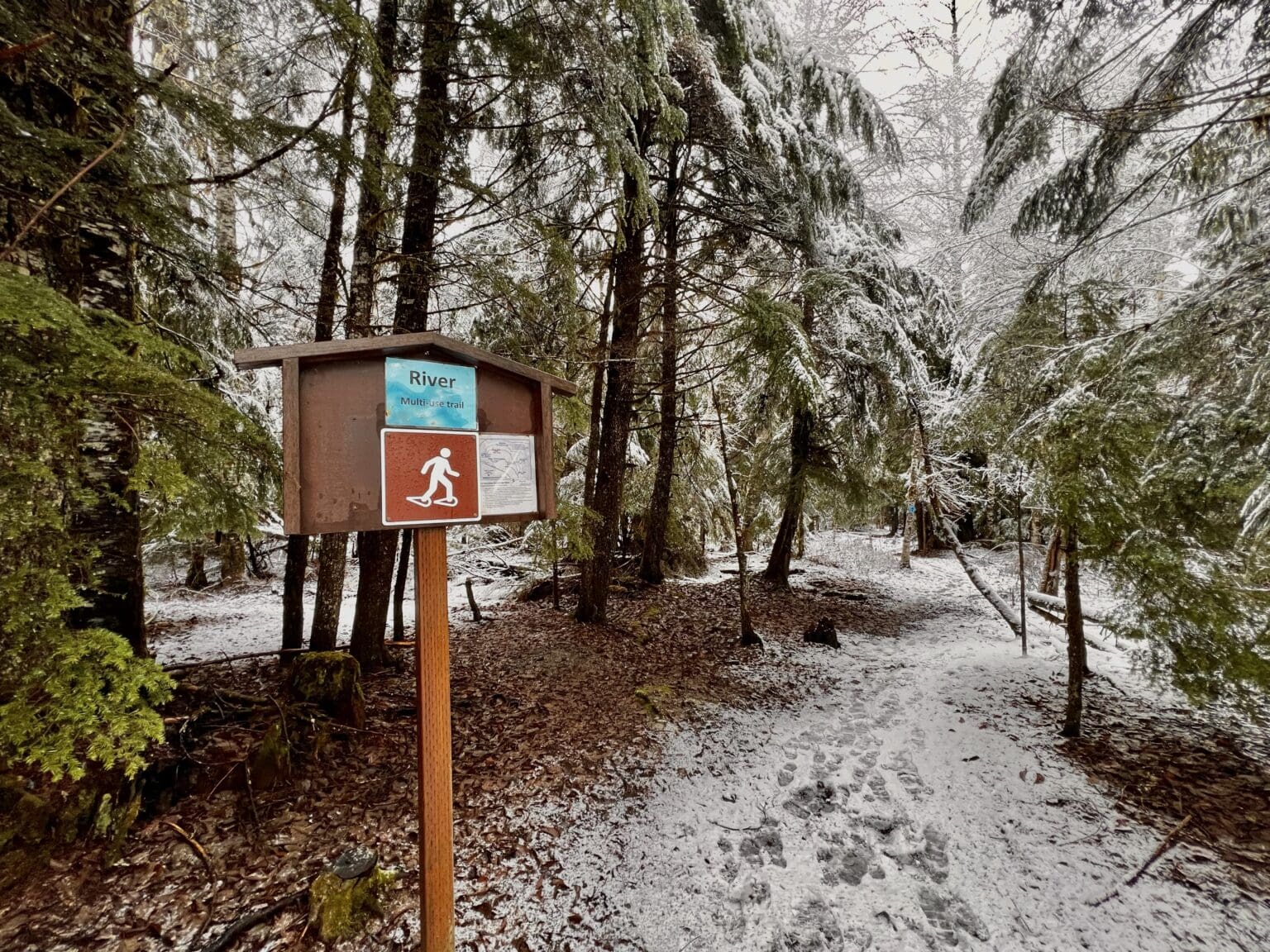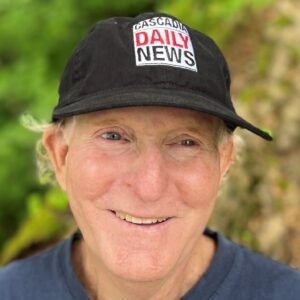Nordic skier Jim Rhodes remained skeptical that winter would make a grand entrance this week no matter what the forecasts suggested.
“I’ll believe it when I see it,” said Rhodes, one of nine volunteer members of Washington’s Winter Recreation Advisory Committee.
No one could blame the Whatcom County resident for refusing to accept the word of the National Weather Service, which issued a blizzard warning starting Tuesday, Jan. 9 as snow fell across the Cascades. The seven-day foreca


Try us out
Enjoy 24 hours of unlimited digital access to CascadiaDaily.com for just $1!
Unlock the paywall




